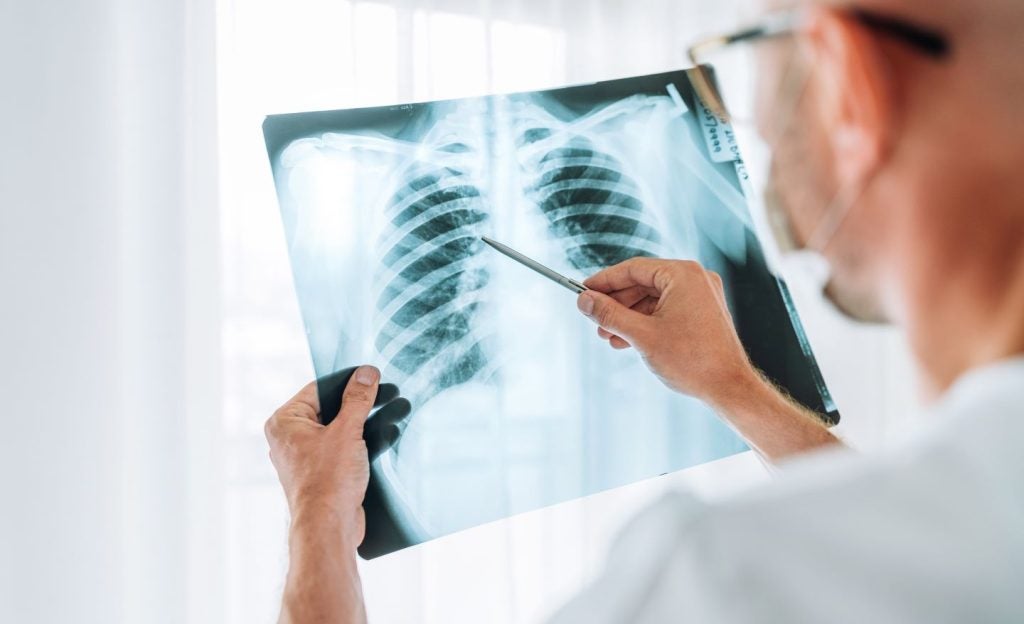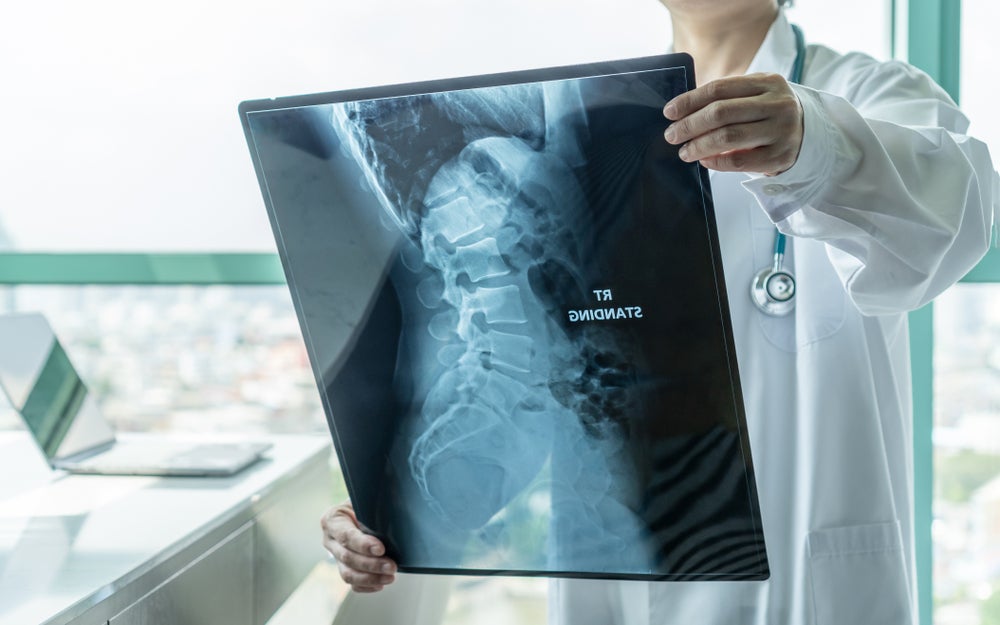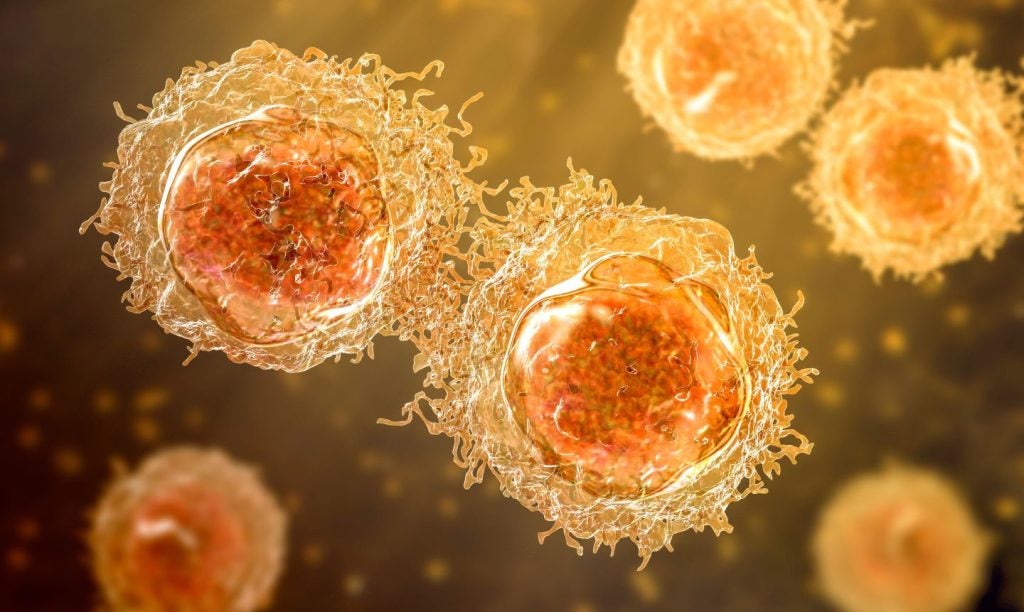
At the end of 2017, Allergan and Paratek Pharmaceuticals announced that the FDA accepted a New Drug Application (NDA) to review Seysara (sarecycline) for the treatment of moderate-to-severe acne vulgaris in patients nine years of age and older. Allergan hopes to obtain FDA approval of Seysara in H2 2018, potentially adding a new therapy to a stagnant acne vulgaris pharmaceutical market.
Acne vulgaris (acne) is currently one of the most common and well-established dermatology conditions, affecting around 90 percent of the world’s population at some point in their lifetime. The disease is a chronic, inflammatory dermatological condition of the pilosebaceous gland of the skin with a multifactorial pathogenesis. It is usually initiated during puberty by hormonal changes and further exacerbated by genetic factors.
The four major factors that interact with each other to produce acne lesions are elevated sebum secretion, abnormal keratinization, bacterial colonization by Propionibacterium acnes, and inflammation. The major drug classes that currently target these factors are retinoids, anti-androgens, antibiotics, and benzoyl peroxide. Antibiotics that are currently used in treatment of acne vulgaris include clindamycin phosphate, erythromycin, minocycline, and doxycycline.
Paratek Pharmaceuticals and Allergan are currently developing Seysara to treat moderate-to-severe acne vulgaris patients. Allergan owns the rights to Seysara in the U.S. while Paratek owns all ex-U.S. rights to Seysara.
Seysara, a tetracycline-derived antibiotic, will provide an alternative treatment to target P. acnes colonization and inflammation to those acne vulgaris patients whose strains of P. acnes have already developed antibiotic resistance to clindamycin and erythromycin.
As a once-daily oral tablet, Seysara should make treatment easier for patients. The efficacy and safety of Seysara were observed in two replicative, Phase III, randomized, multicenter, double-blind, placebo-controlled studies that compared sarecycline to placebo. The primary outcome measures were absolute change in inflammatory lesion count and IGA success from baseline to week 12.
How well do you really know your competitors?
Access the most comprehensive Company Profiles on the market, powered by GlobalData. Save hours of research. Gain competitive edge.

Thank you!
Your download email will arrive shortly
Not ready to buy yet? Download a free sample
We are confident about the unique quality of our Company Profiles. However, we want you to make the most beneficial decision for your business, so we offer a free sample that you can download by submitting the below form
By GlobalDataSeysara was found to be statistically significantly superior (p < 0.004) to placebo with respect to both primary efficacy endpoints. The most common adverse events reported were nausea, nasopharyngitis, and headache. The rate of discontinuation due to adverse events among sarecycline-treated patients in the two studies combined was 1.4 percent.
Although the clinical trial evidence suggest that Seysara is efficacious and safe to use, the use of any antibiotic can lead to antibiotic resistance via pump efflux or ribosomal protection. Tetracycline-derived antibiotics are also well known to cause adverse effects such as hyperpigmentation in teeth, gastrointestinal irritation, and photosensitivity.
In addition, Seysara will potentially face competition from two other late-stage pipeline drugs with antibiotic properties: Foamix Pharmaceuticals’ FMX-101 and Dermira’s olumacostat glasaretil. At the same time, the acne vulgaris pharmaceutical landscape has been stagnant for the past five years. Seysara, as well as the many pipeline drugs in late-stage clinical trials, have the potential to shake up the market and provide acne vulgaris patients with newer treatments.
Innovative novel products can challenge the treatment paradigm, such that compliance, the greatest unmet need for acne vulgaris patients, is improved and allows patients to receive the full benefit of a drug’s efficacy.
Pavan Kottamasu
Pharmaceutical Analyst
GlobalData Healthcare







